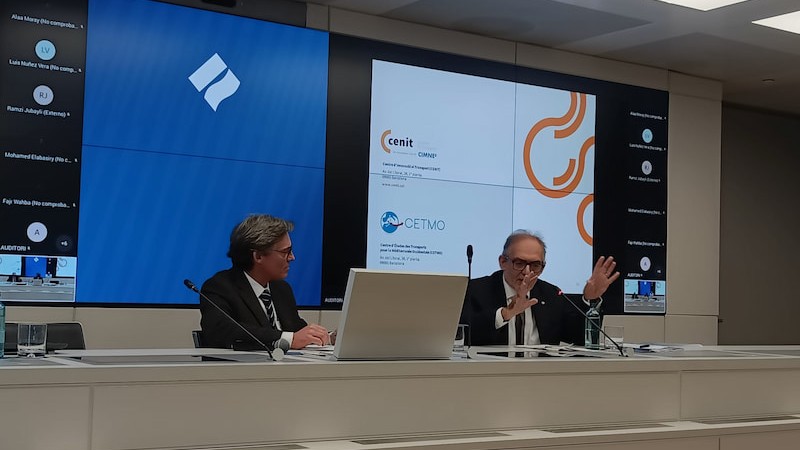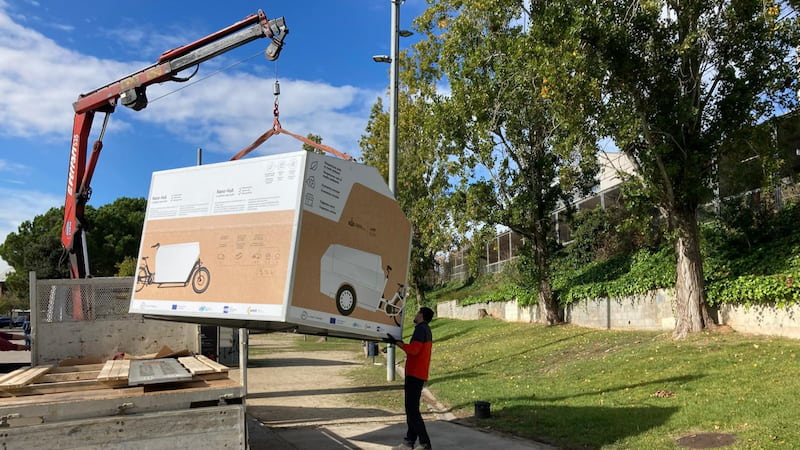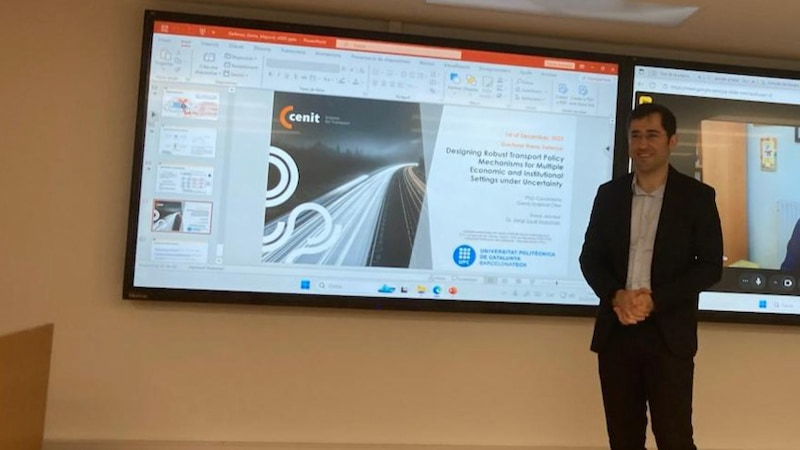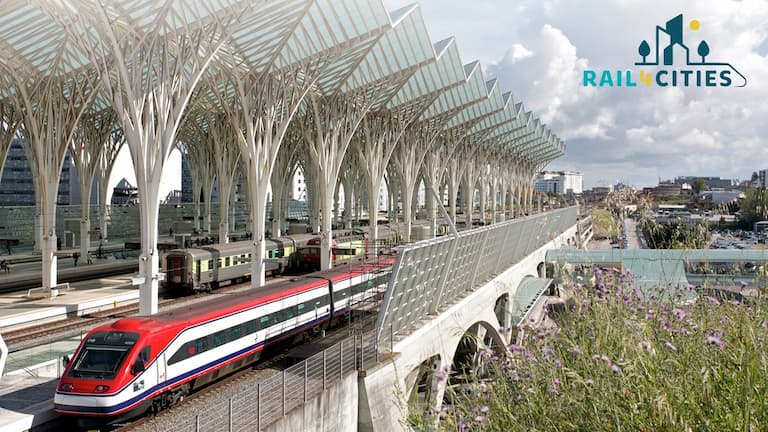
Railway stations hold a unique position in the urban landscape: they not only act as complex nodes of mobility and transport, but also as public places that can be seen as integral elements of the city. Consequently, stations have a decisive impact on their urban surroundings as places of everyday life, affecting all stakeholders including citizens and the environment.
CIMNE’s innovation unit in transport, CENIT, is a key player in RAIL4CITIES, a pan European effort involving twelve cross-cutting players to redefine and enhance rail stations as the centre of urban life.
Project Objectives
The central ambition of RAIL4CITIES is to develop a new operational, readily available and highly applicable model of stations as sustainable city promoters (SCP model), combined with a common European methodology and tool for its effective implementation. The project takes inter-dependent impediments (profit-orientated business model, complex web of agents and stakeholders, policy gaps) into account and provides decision makers with the tools to transform stations into promoters of sustainable cities.
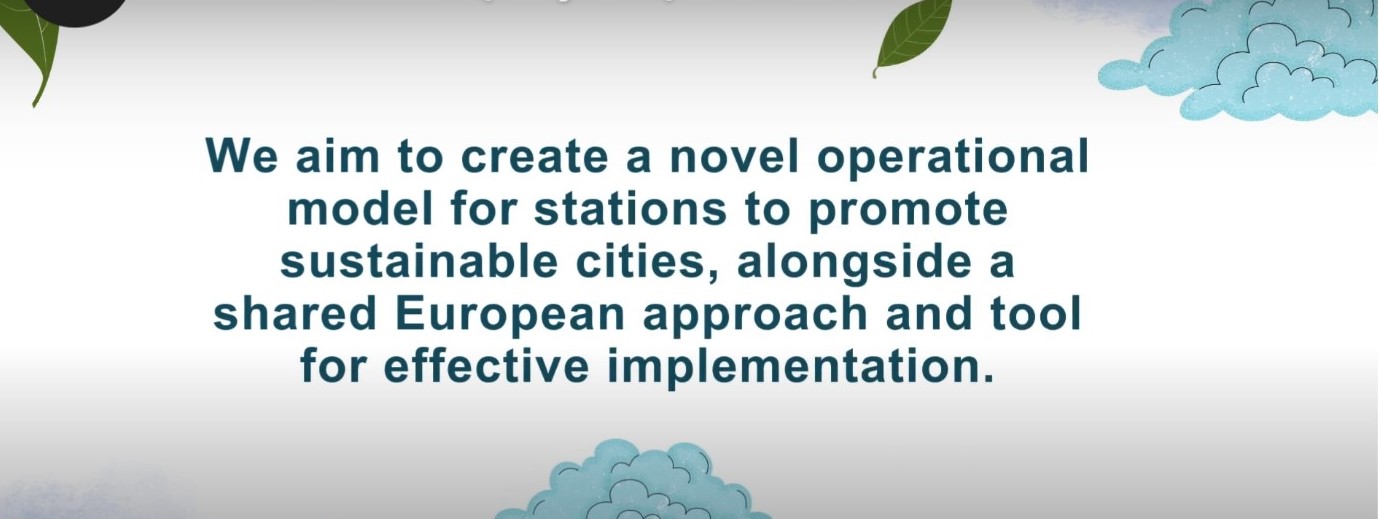
Source: Rail4Cities Consortium (rail4cities.eu)
Implementation approach
The model will be applied to 5 living labs addressing the stations’ transformation into hubs of green and active mobility in France, energy hubs in Italy, towards transit-oriented development in Germany, into a socially-inclusive services hub with using Nature Based Solutions in Poland, and service hubs enabling the 15-minute city and circular economy in Belgium.
In this project, CIMNE’s transport innovation unit, CENIT, developed the methodology for the impact analysis of a new model of stations in cities. The goal of this methodology is to compute the Sustainable Return on Investment (S-ROI), which accounts for environmental and social factors, in addition to the economic costs and benefits (CBA). As a result, this solution will assess not only the effects on the stations’ bottom line (cost-benefit analysis of integrating, for example, new services and solutions), but also the effects on the urban ecosystem (on people, the environment, transportation planning, and urban planning), particularly those that are not “directly tangible.”
In this deliverable, we have used three interrelated methodologies—the Theory of Change (ToC), a Sustainable Return on Investment (S-ROI), and a Multicriteria Analysis (MCA)— to assess the impact of the new station model on the urban context and the mobility system. The methodological framework of impact assessment is described in Figure 1.
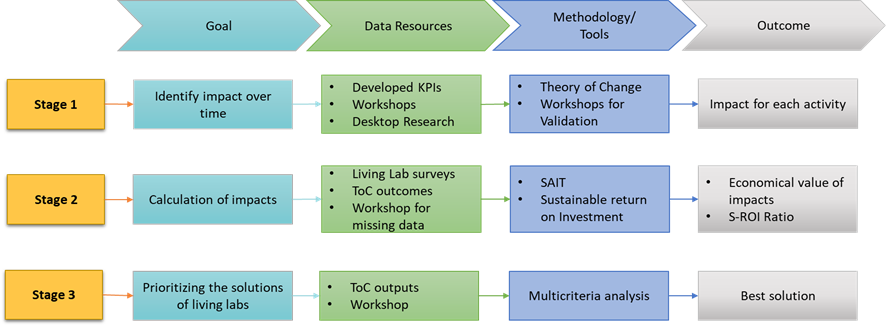
Figure 1. methodological framework of impact assessment
The ToC outlines the activities, solutions, and impacts (or KPIs) of each of the seven fields of action while also considering the boundaries and how to overcome them. The ToC serves as the foundation for both the S-ROI and the MCA.
The objective of the S-ROI methodology is to obtain an objective indicator of the net contribution or overall benefit of each of the outputs to subsequently choose the optimal solution. Figure 2 explains the proposed workflow for implementing the S-ROI evaluation of the activities proposed in the living labs.
The selection of optimal solutions is made in conjunction with the results of the multicriteria analysis (MCA). This method starts with the identification of the main objective and the determination of the criteria and sub-criteria, applied to the alternatives. The hierarchy represents the relationships between the following elements (see Figure 3):
- Level 1: Primary Objective. The aim would be to select the solutions with the greatest potential in each of the actions.
- Level 2: Criteria and sub-criteria. The first ones could be Infrastructure, Environmental, Social, Financial, Accessibility, Technology and Safety; while the sub-criteria would be specific KPIs within each criterion.
- Level 3: The different alternatives or viable solutions would be proposed for each action.
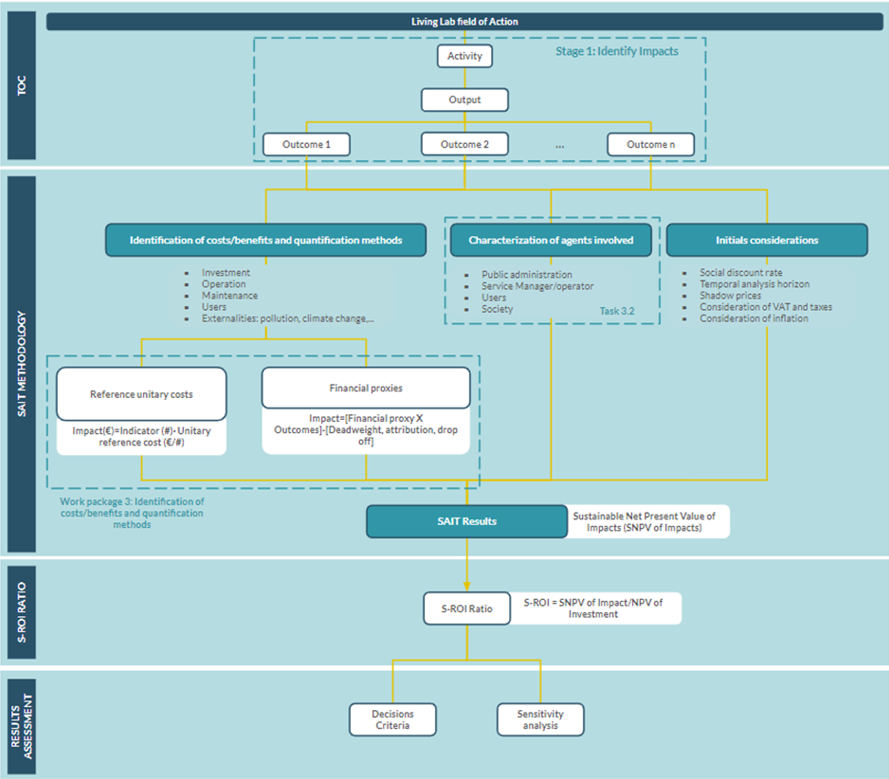
Figure 2. Workflow for implementing the S-ROI evaluation of the activities
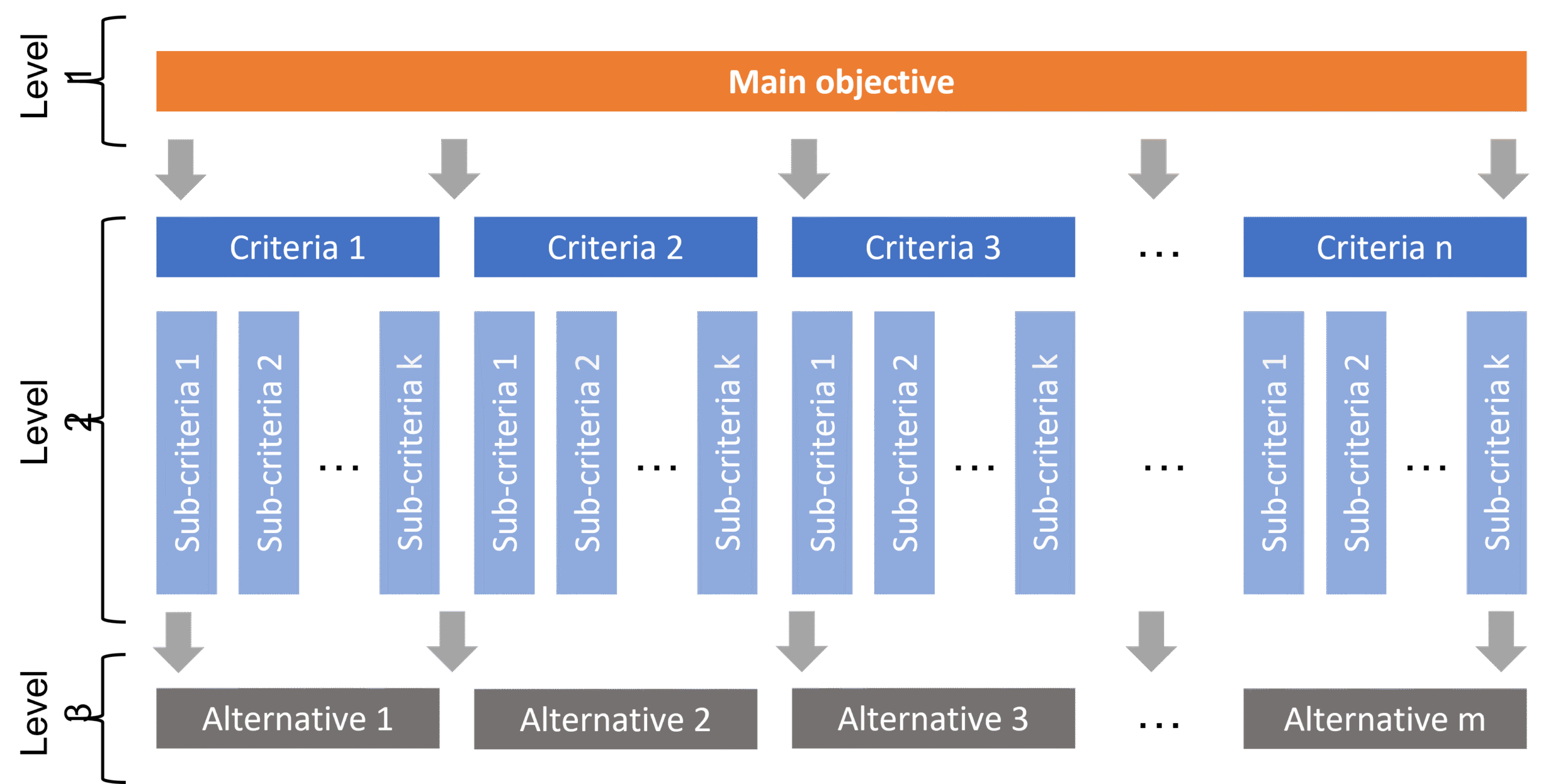
Figure 3. Conceptual diagram or hierarchical model of the Hierarchical Analytical Process (AHP)
The central idea of this methodology is to develop a tool that provides the key solutions for each action to address economic, environmental, and social aspects. The impact analysis tool will allow for the construction of creative services and solutions that address social, environmental, and economic factors by integrating S-ROI and MCA. As outcomes, the integration of a S-ROI calculation in the cost-benefit analysis aims at:
- Better understanding of how sustainability and the financial area relate.
- Greater awareness of sustainability issues as an integral part of the business operation.
- Company participants to feel better prepared for upcoming sustainability standards and regulations.
- Railway companies to start to integrate S-ROI methodologies in their internal CBA for their future projects, as they will see the benefits of such a calculation and will also have an impact on their collaboration with local institutions.
Conclusion
The RAIL4CITIES project adopts a unique approach to rethinking railway stations as catalysts for sustainable and socially inclusive urban development. By creating and executing the SCP model, the project not only solves the existing limits of traditional station models but also provides a comprehensive framework for their transformation into hubs of green mobility, social inclusion, and economic resilience. RAIL4CITIES provides a sophisticated tool for analysing the multiple implications of station modifications by using connected approaches such as the Theory of Change (ToC), Sustainable Return on Investment (S-ROI), and Multicriteria Analysis (MCA). This strategy ensures that decision-makers have the knowledge they need to maximize station functions while combining economic viability with environmental and social advantages. The project’s achievements will encourage the adoption of sustainable practices, thereby fostering the development of greener and more liveable railway stations throughout Europe. As railway stations and municipal governments begin to incorporate this methodology into their planning and operations, the potential for widespread positive impact on urban ecosystems becomes more tangible, ushering in a new era of sustainable urban transportation.
Adaptation of an original article written by CIMNE’s Samra Sarwar and Francesc Gasparin Casajust







